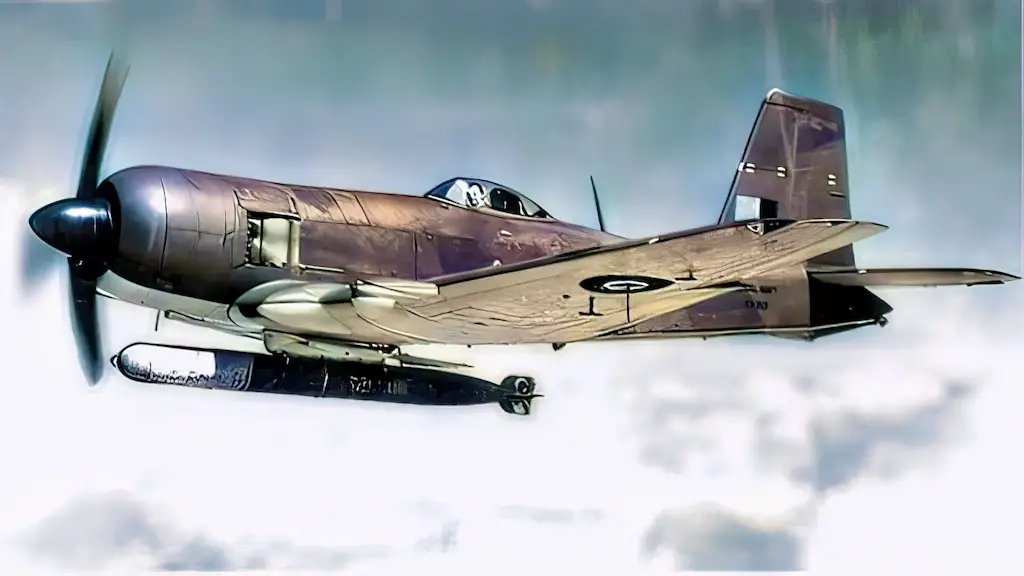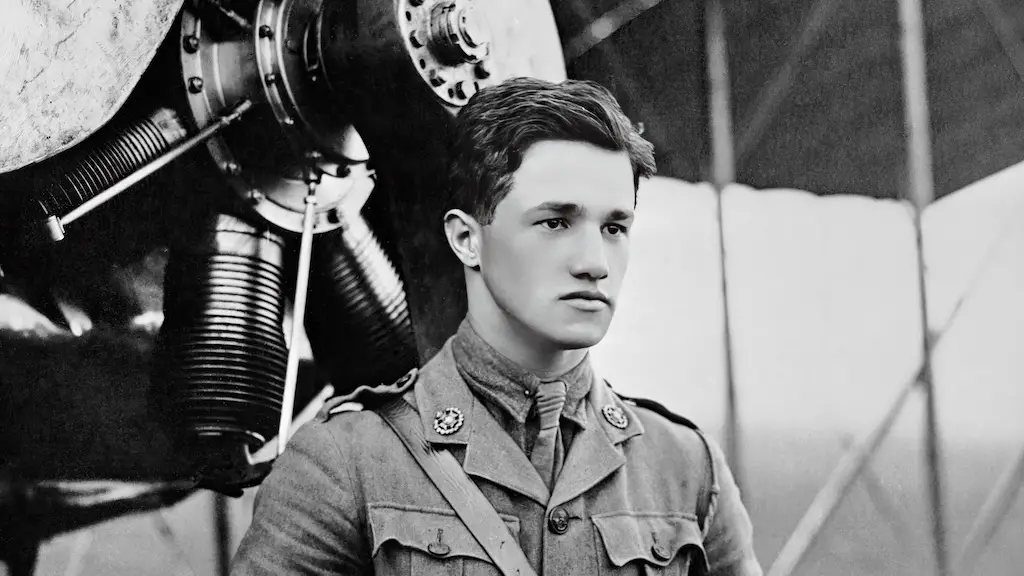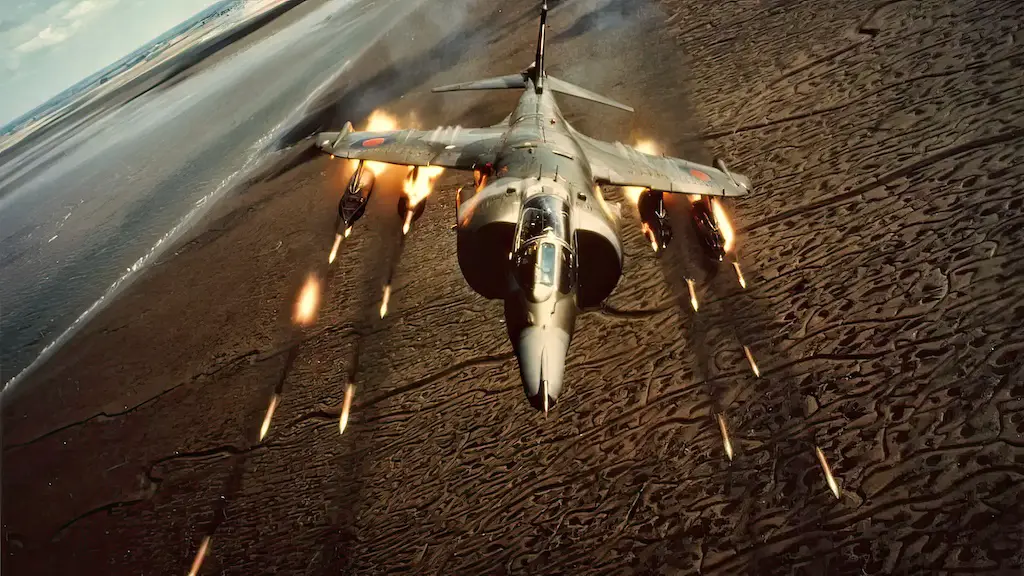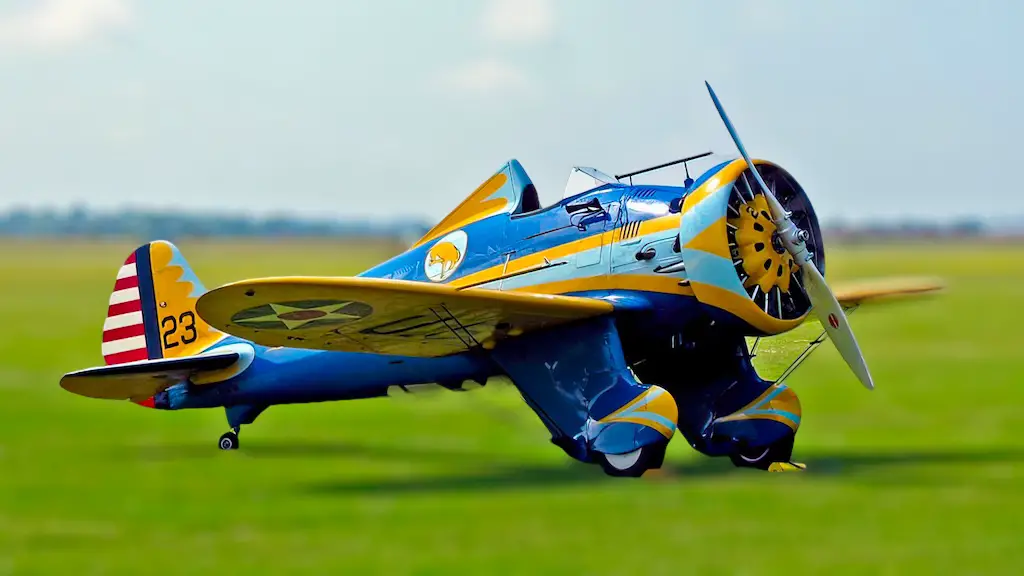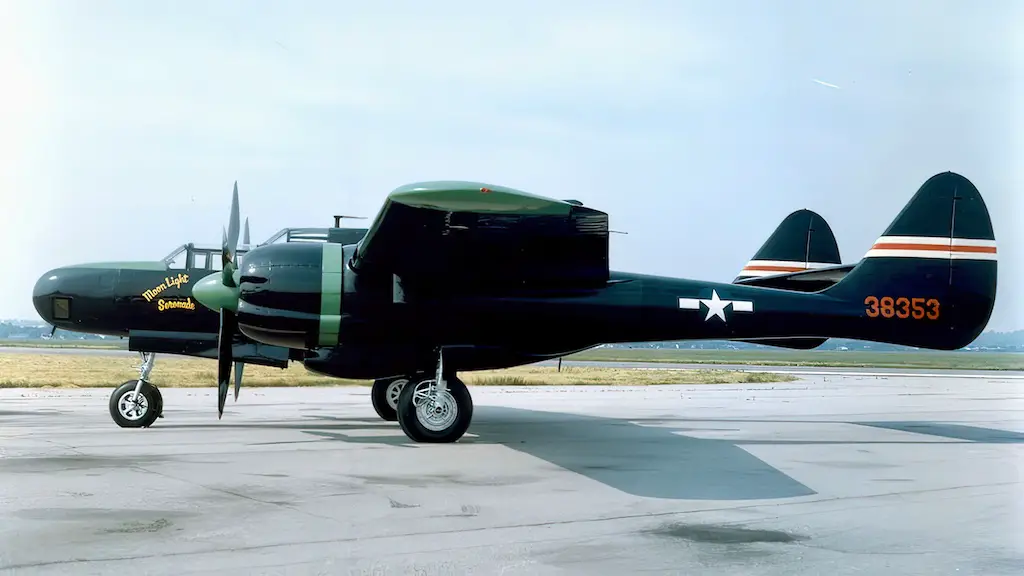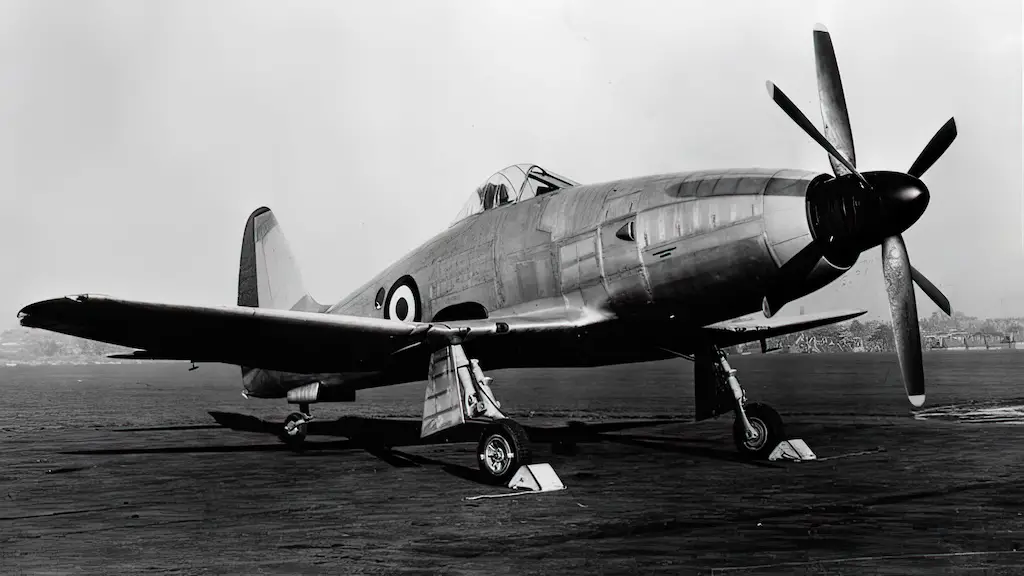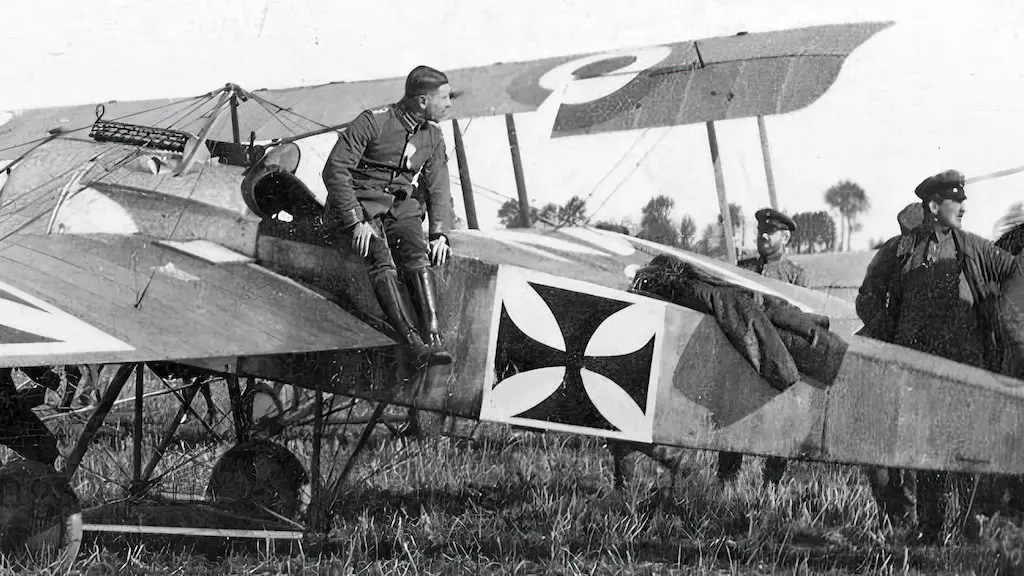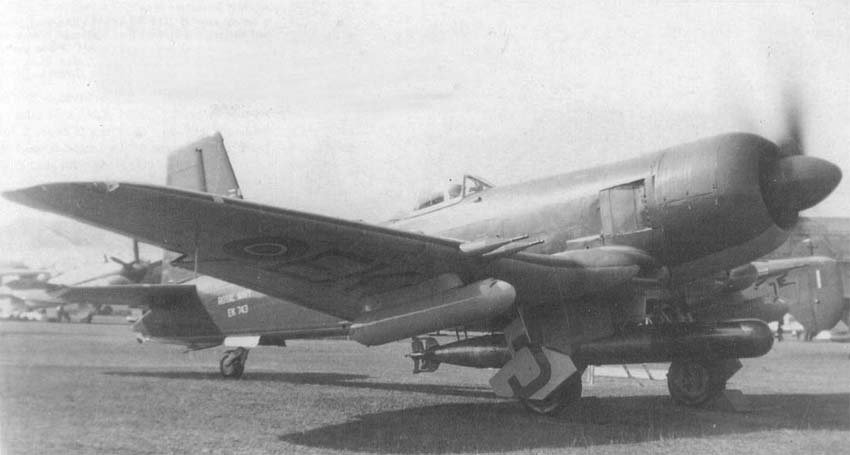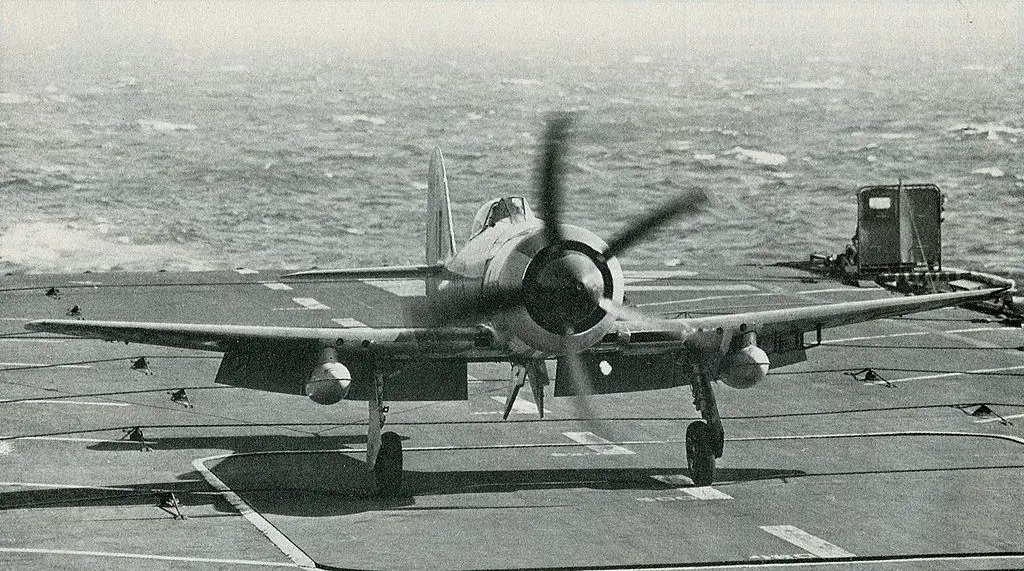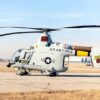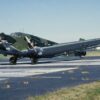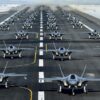The Blackburn Firebrand was a British warplane created during World War II. This aircraft was no joke – it had four 20mm guns and could carry up to eight 60lb rockets or 2,000 lb bombs. It was built to take down enemy fighters and could handle a variety of missions. Not only was the Firebrand heavily armed, but it was also fast as hell, reaching a top speed of 375 mph.
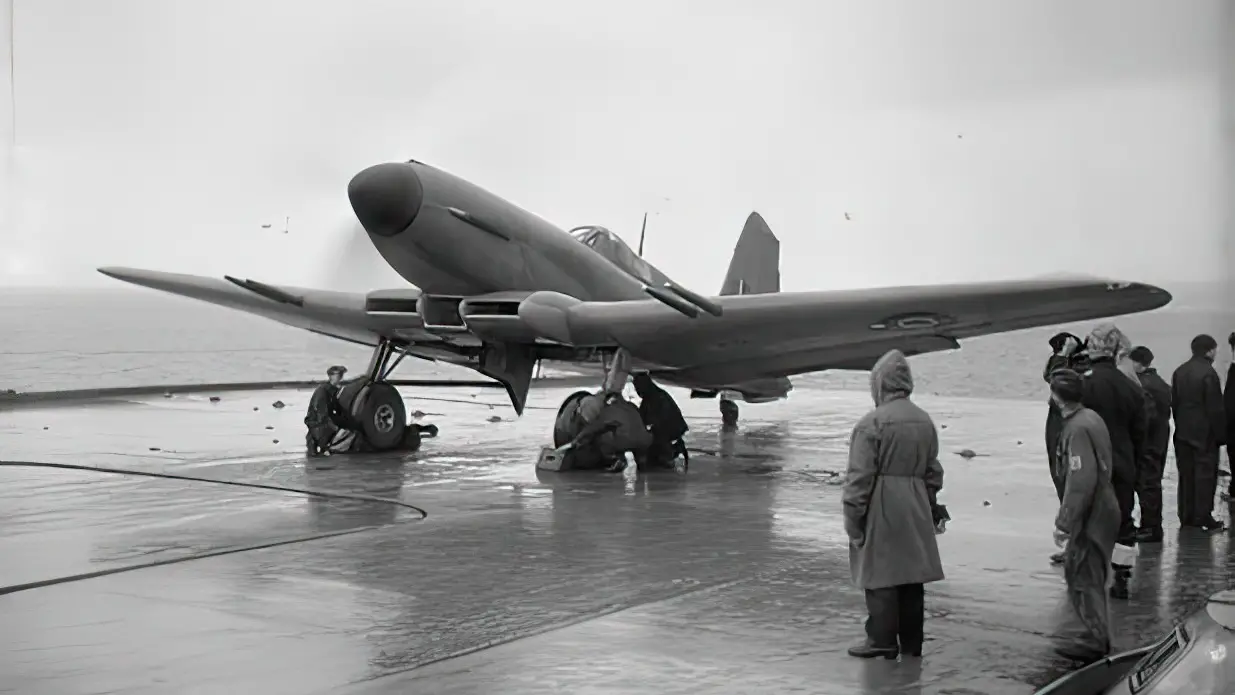
This plane was built to last, with a tough construction that could take a lot of damage – a crucial factor for planes that operate off of carriers. The Firebrand was versatile and could be used for both bombing and fighting, making it a valuable asset to the Royal Navy. However, the Firebrand wasn’t perfect. It was a bit of a handful during takeoff and landing, due to its weight and high wing loading. Plus, the engines had some issues that limited its performance. Even so, it was still a force to be reckoned with, even if it wasn’t quite as successful as other planes like the Hawker Sea Fury.
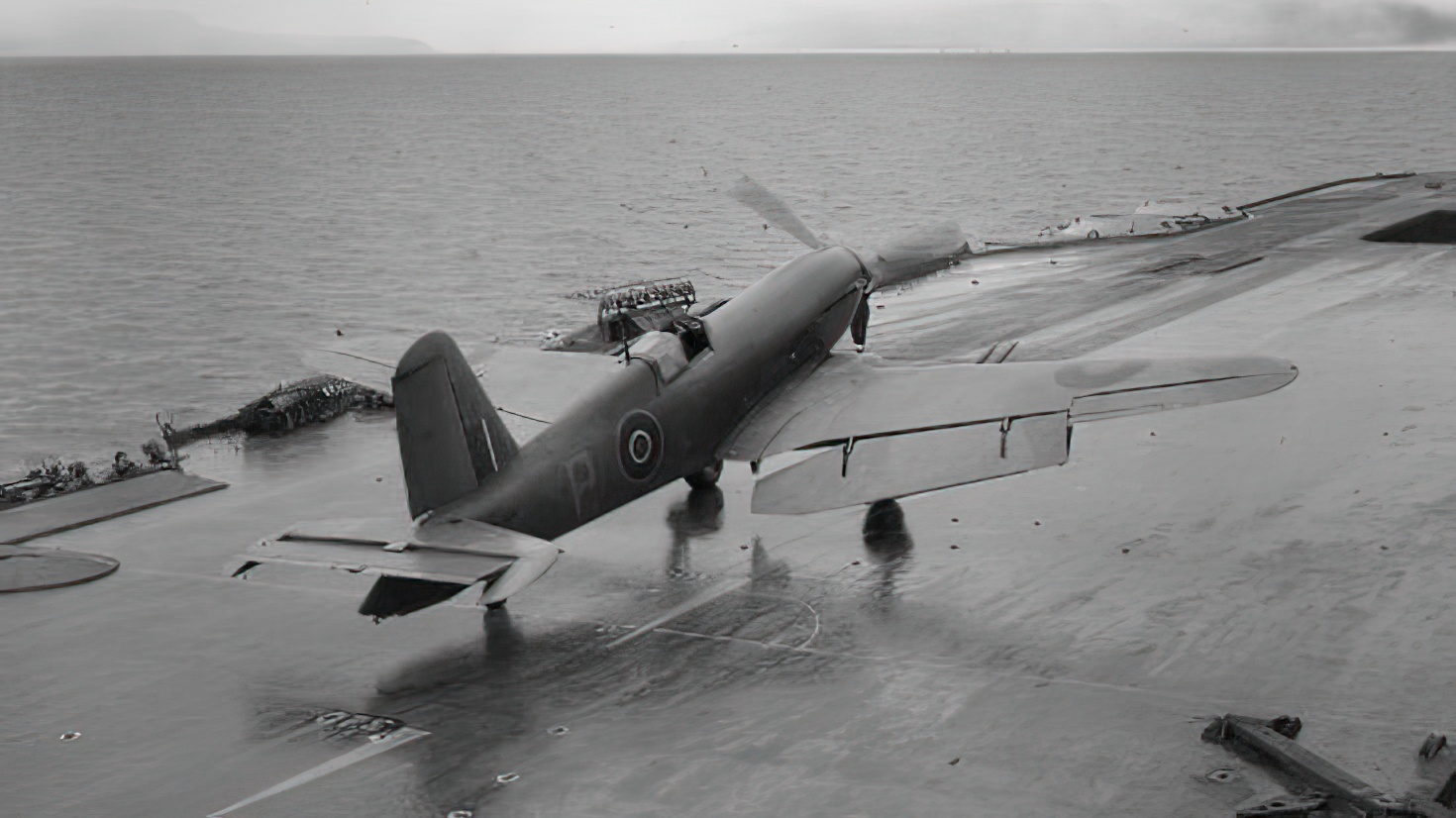
Development
This remarkable aircraft was the brainchild of Blackburn Aircraft Limited, a British aviation company with an impressive track record of developing successful planes like the Blackburn Skua and the Blackburn Roc. The British Air Ministry issued Specification N.11/39 in 1939, calling for a new fighter aircraft that could operate at high speeds and altitudes while also being capable of carrying out ground-attack missions. Blackburn responded to this challenge by designing the B-37, which eventually became the Firebrand.
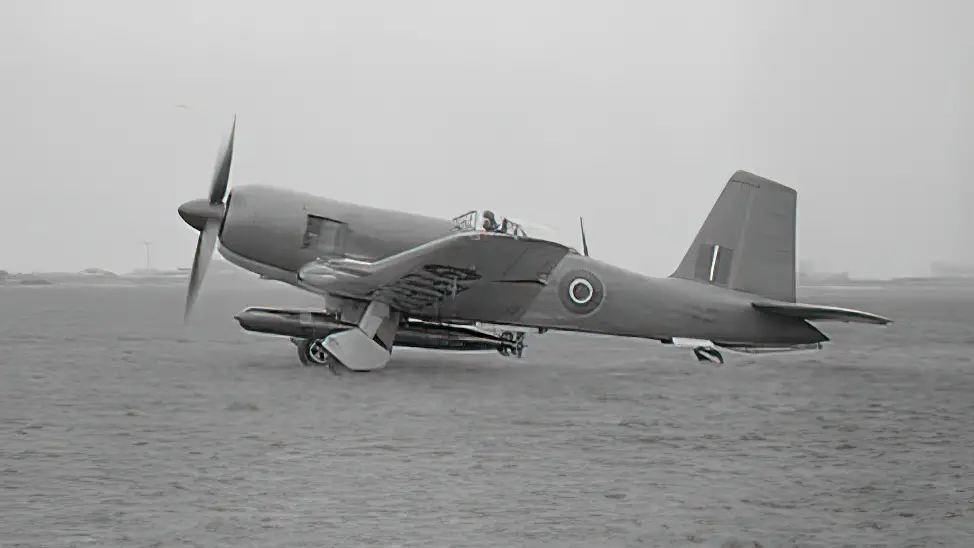
What’s truly fascinating about the Firebrand is its unique wing arrangement. The starboard wing is set slightly further back than the port wing, which helps to offset the torque of the engine and improve the aircraft’s handling. This design feature is truly ingenious and shows how Blackburn really pushed the boundaries of what was possible in aircraft design. However, the Firebrand wasn’t without its challenges.
The first prototype, known as Type B-37/1, experienced engine overheating and handling difficulties during takeoff and landing. But Blackburn persevered and worked out these issues in subsequent prototypes, ultimately resulting in the Firebrand entering service with the Royal Navy in 1945. It’s amazing to think about the hard work and dedication that went into creating such an incredible aircraft.
Peter Carmichael’s Blackburn Firebrand Story
Flight Lieutenant Peter “Hoagy” Carmichael flew a Blackburn Firebrand from HMS Ocean to attack enemy supply lines in October of 1952. Carmichael was one of four pilots assigned to attack a railway bridge near Chongju, but they faced heavy anti-aircraft fire and sadly, two of the aircraft were shot down.
Despite the danger, Carmichael continued his mission and dropped bombs and fired rockets at the bridge. While pulling away, his aircraft was hit by flak, causing one of its fuel tanks to rupture. The Firebrand began losing fuel rapidly, and Carmichael knew he wouldn’t be able to make it back to the carrier. Instead, he decided to fly his damaged aircraft towards the nearest friendly airfield, which was over 100 miles away in South Korea.
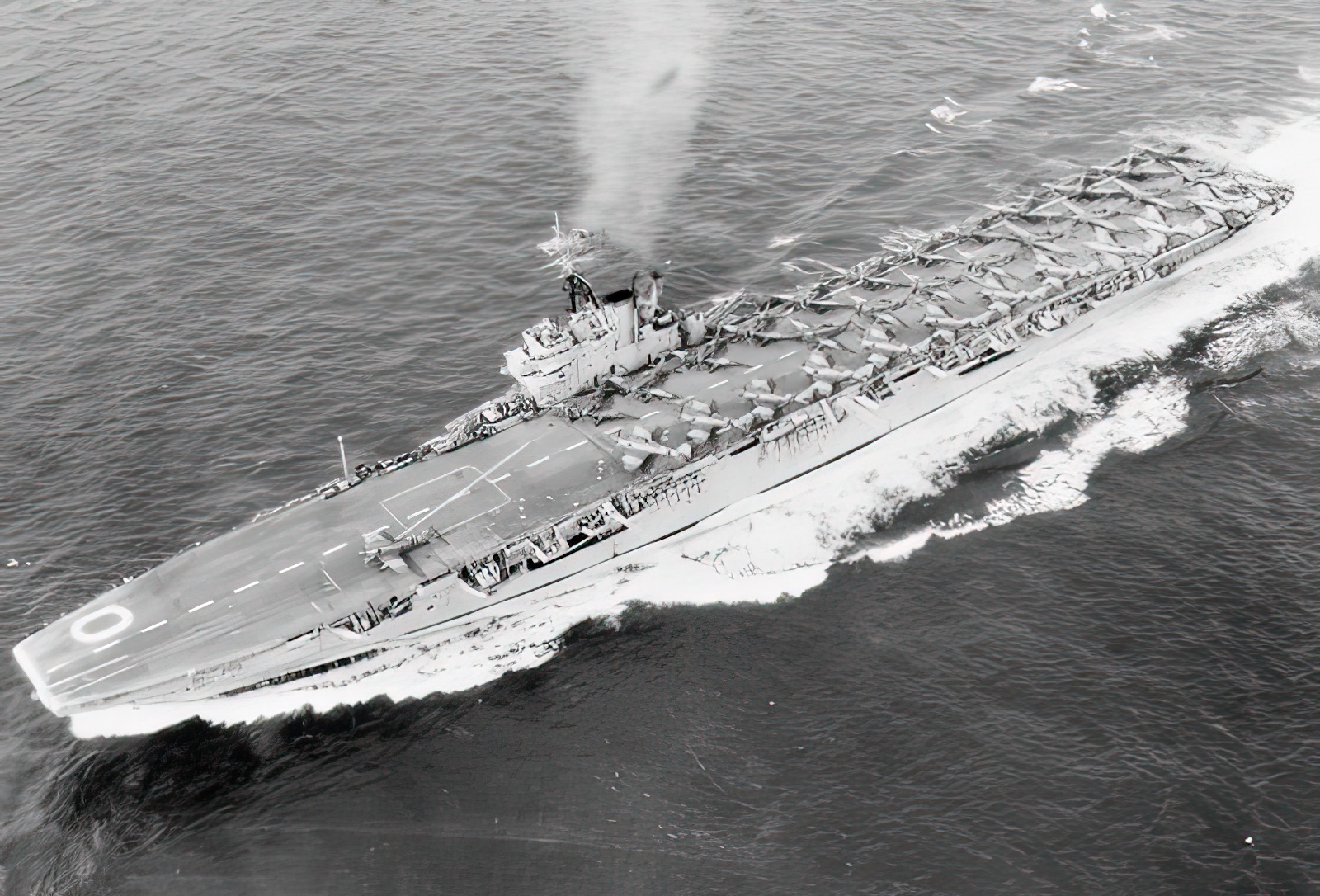
Carmichael flew low to avoid enemy fire and skillfully navigate his way to the airfield. Despite constant attacks, he was able to land the aircraft safely and was rescued by friendly forces. It’s truly amazing to think about the bravery and skill required to accomplish such a daring feat. Carmichael’s actions earned him the Distinguished Flying Cross and demonstrated the toughness and resilience of the Firebrand, which was able to withstand damage and still fly.
Flaws and Retirement
Despite some successes, this aircraft had a few notable flaws that made it a challenge to handle. For one, it was quite weighty and had a tendency to be unstable during flight. And let’s not forget about the cramped and uncomfortable cockpit, with outdated systems that didn’t quite stack up to other contemporary aircraft.
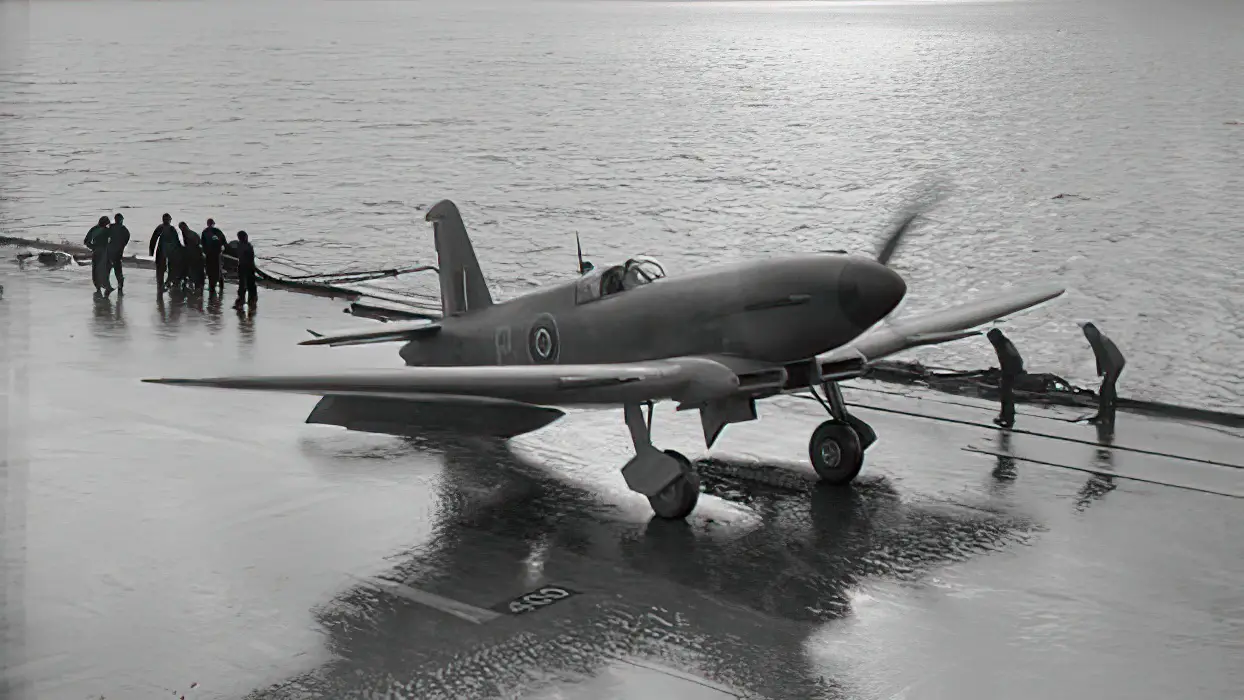
But wait, there’s more. The Firebrand’s development faced a few obstacles, such as issues with the Bristol Centaurus engine. This resulted in a delayed entry into service until 1945, when World War II was almost over and the need for carrier-based fighters was dwindling.
Eventually, the Firebrand was retired from frontline service in the mid-1950s, with the last aircraft leaving the Royal Navy in 1955. Despite its flaws, this aircraft played a crucial role in paving the way for more advanced designs that followed. So, what do you think? Does the Blackburn Firebrands history intrigue you?

